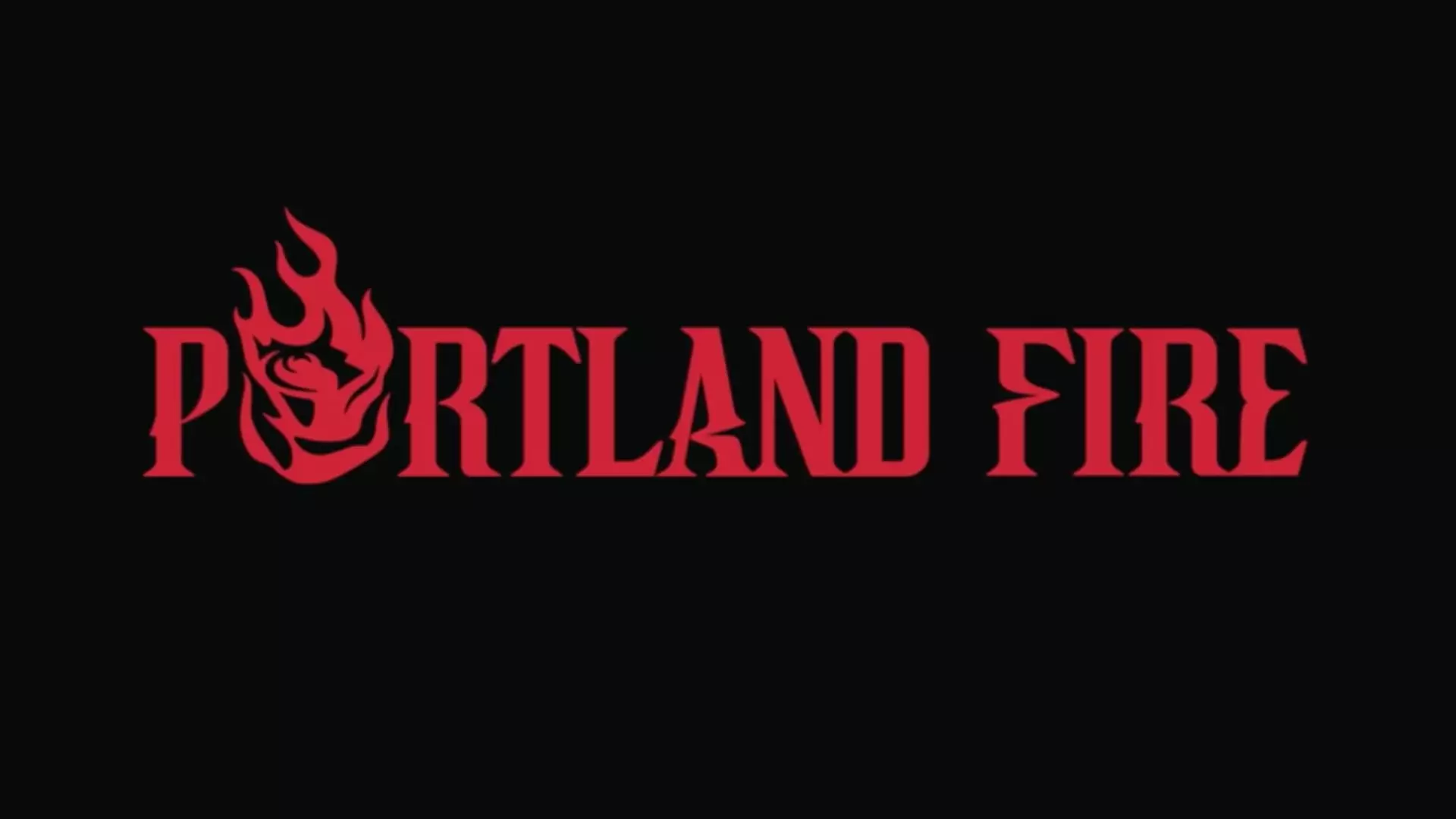The Portland Fire’s return to the WNBA landscape appears to be more than just a heartfelt nod to the city’s previous team; it seems an astute strategic maneuver aimed at leveraging nostalgia to capture immediate attention and allegiance. The choice of the fiery rose logo, blending elements of Portland’s identity—the iconic “Rose City”—with a symbolism of relentless passion and energy, speaks volumes. It signals an emotional appeal rooted in city pride, which could galvanize local support. However, such an approach risks oversimplifying the complexities of modern sports fandom. Restoring a name from two decades ago may resonate emotionally, but it raises questions about whether the franchise is genuinely committed to evolving the sport or merely riding a wave of sentimentalism for quick gains.
Is This Really About Women’s Sports Advancement or Commercial Strategy?
The narrative of Portland championing women’s sports is compelling, yet the timing and manner of this revival suggest underlying commercial motives. The rapid buildup—surpassing 10,000 season ticket deposits in a short span—is undeniably impressive. Still, one must scrutinize whether this momentum is rooted in authentic community engagement or savvy marketing. The alignment with other high-profile sports ventures at the Moda Center, shared with the Portland Trail Blazers and the Portland Thorns, illustrates an integrated corporate strategy that treats women’s basketball as part of Portland’s broader sports identity. This partnership could serve to elevate the league’s visibility and profitability while giving the franchise a sturdy platform. Yet, such an approach also runs the risk of commodifying women’s sports, reducing it to a lucrative brand extension rather than fostering genuine growth and recognition.
A Calculated Risk or a Bold Step Forward?
The decision to relaunch in 2026, aligned with the league’s broader expansion ambitions, seems carefully calibrated. By choosing to debut at a Venerable Arena and train alongside established teams, Portland signals its desire to embed itself firmly within the existing sports infrastructure. But this logistical strategy may also overshadow the core mission: developing a sustainable, competitive, and inspiring team that genuinely elevates women’s basketball. The targeted push for record-breaking season ticket deposits demonstrates a clear intent to secure financial viability early on. Whether this translates into long-term success or becomes a fleeting marketing stunt remains uncertain. For now, Portland’s approach, blending heritage with high-stakes strategy, exemplifies a nuanced balancing act—one that could either transform the city’s sports scene or falter beneath the weight of grand ambitions and nostalgic reverence.

